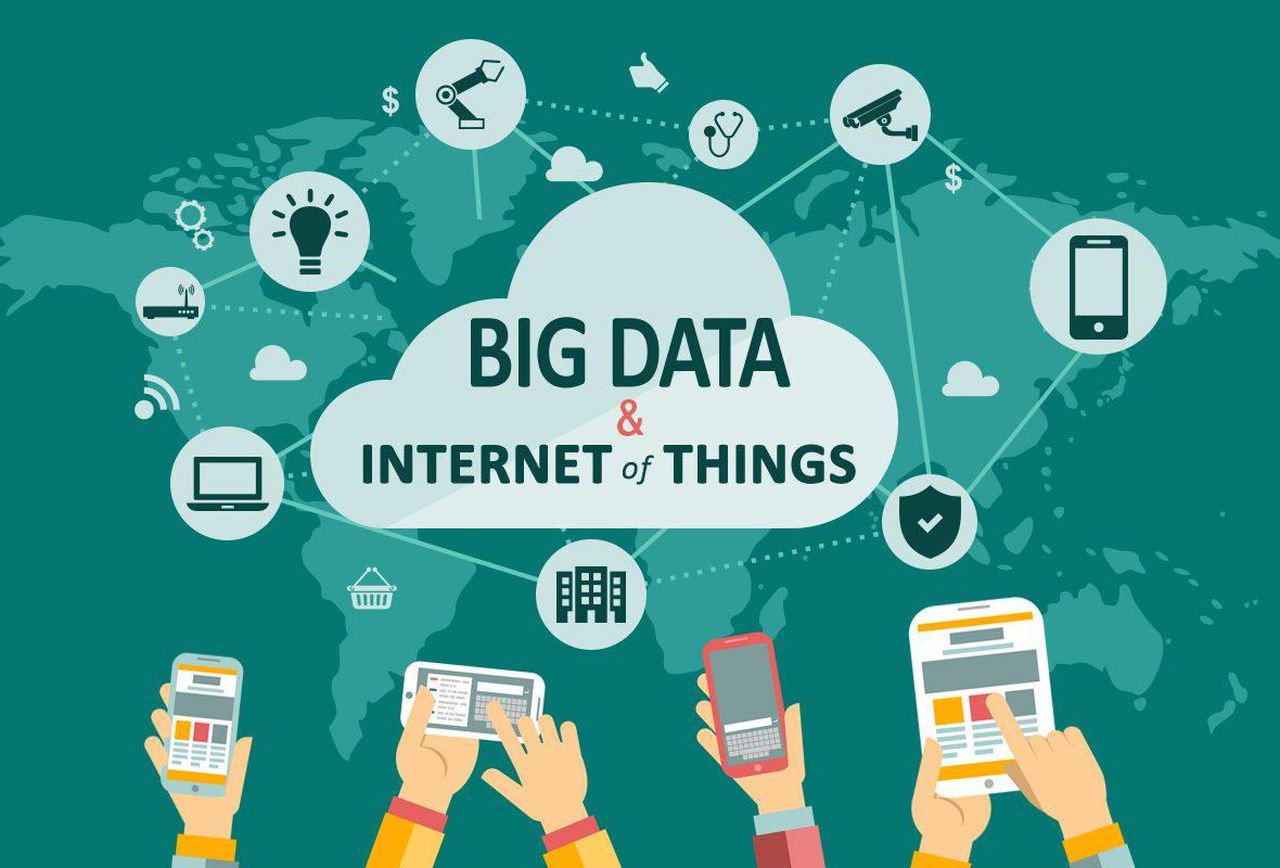Internet of Things, or IoT, refers to the interconnected series of devices or sensors, such as computing devices, digital and mechanical machines, objects or any other such things that have unique identifiers and are able to transfer information over a network, via the cloud, without the need of human assistance. These devices are usually connected to the cloud. To transfer or receive any information, it has to go through the cloud. For example, the data from the devices is directed to the cloud where the software processes the information and decides whether or not to take any action. Minimal to no human input is required, but in case it is, or in case the user wants to access the information, the IoT is equipped with a user interface.
Using IoT in Industrial and Manufacturing Processes
The Industrial Internet of Things, also known as IIoT, Industrial Internet as well and Industrie 4.0, is the network of the Internet of Things that are used in the manufacturing and industrial processes. IIoT uses Machine Learning capabilities and big data technologies to collect sensor data, facilitate machine-to-machine communication, and automate existing technologies. The IIoT is more efficient, accurate, and consistent in capturing and processing real-time data than humans or other devices. This leads to the organizations being able to react faster to the inefficiencies and problems that may arise. It not only saves time but also money and supports Business Intelligence (BI) efforts. The potential of IIoT in the manufacturing process includes greater quality control, applying sustainable and environment-friendly practices, better traceability in the supply chain as well and an overall increase in the efficiency of the supply chain. In the industrial processes, IIoT is used for Predictive Maintenance (PdM), to enhance the field service, to track the assets as well as overall Energy Management.
Components of IIoT
There are a few components in the IoT devices, which are:
- Assets that can track, communicate and capture information about themselves, such as sensors, security components, controllers as well as applications. These are known as intelligent assets;
- Communication infrastructure for the transfer of data, for example, the cloud;
- Software and applications which are able to analyze and generate data from samples; and
- People.
Benefits of IIoT
IIoT has proven to be very beneficial for the industrial and manufacturing processes in the following ways:
-
- Predictive Management: IIoT can generate real-time data and use it to detect any defects in the machinery or the products and use it to pinpoint the exact position. It can also detect these problems before they arise by analyzing the data and looking for any indicators of such defects.
- Field Service: IIoT can also be used to track the status of the customer equipment in order to identify any potential issues. This helps in the field service by informing the technicians of the potential problem and enabling them to fix it beforehand.
- Asset Tracking: Because the IIoT is connected to the cloud at all times, the manufacturers, suppliers, as well as customers, can track the status, condition, and location of the products by using Asset Management Systems everywhere in the supply chain.
- As A Part Of Market Research: In addition to tracking any potential problems in the customer equipment, the IIoT can also track the usage pattern of the customers, to analyze and use it as a type of feedback, in order to help the manufacturers understand the needs and demands of the customers and modify the future devices accordingly.
- Facility Management: Lastly, IoT devices improve facility management by monitoring the operating conditions in the industrial and manufacturing processes, such as temperature, vibrations, and other statistics. It can alert the management in case anything is awry.
Comparing IoT and IIoT
The Industrial Internet of Things and the Internet of Things share many commonalities in their technologies which include connectivity, Data Analytics, sensors, machine-to-machine communication as well and cloud platforms, however, there is a difference in their purposes. Here are some points of differences between them:
IoT Devices:
- IoT devices are used across multiple domains such as healthcare, public utilities, enterprises, agriculture, even in cities or Governments;
- These devices generally do not have a huge impact in case of downtime in the deployment of the device;
- These IoT devices are also available to consumers in the form of smart appliances such as fitness bands.
IIoT Devices:
- IIoT devices are used only for manufacturing and industrial processes in industries such as oil and gas, public utilities or other core industries;
- The failures in the IoT devices or downtime in their deployment have huge impacts and can even result in life-threatening or high-risk situations;
- IIoT devices are not for consumer consumption, instead, they aim at improving the efficiency and the general level of health and safety among the masses.
In Conclusion
There are many companies that are trying to use the Industrial Internet of Things and develop them further to include many more features to improve their overall benefits in the manufacturing and industrial benefits. Several studies have been conducted which revealed that the IoT devices are slated for tremendous growth in the upcoming few years.



